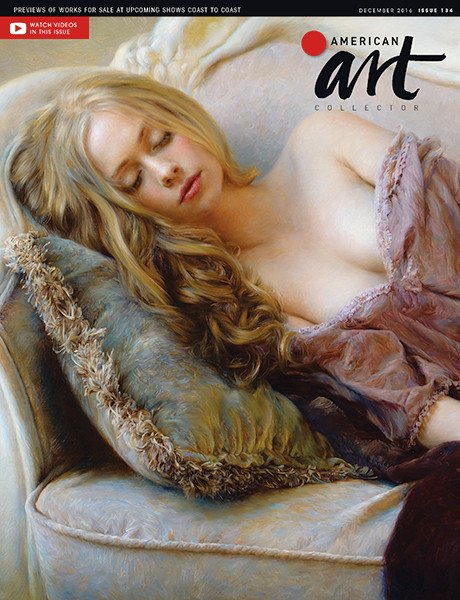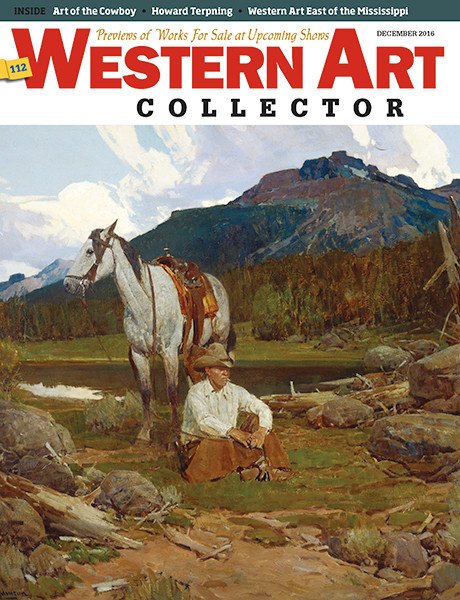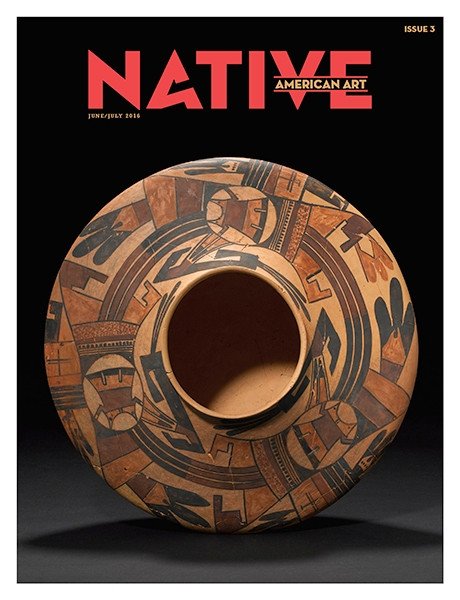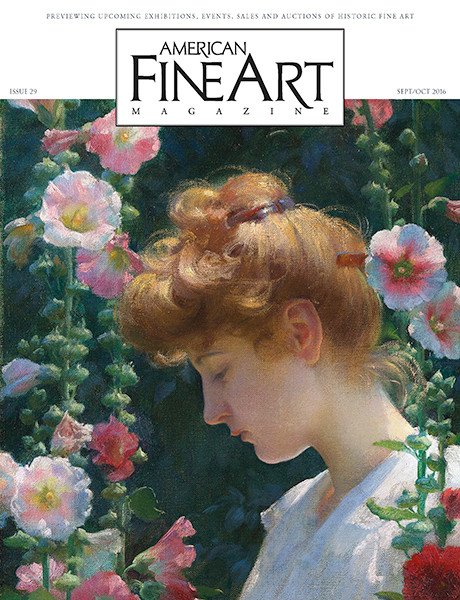I have a passion for painting the glow of backlit fruit. I love painting all subjects, but once I discovered the beautiful effects of backlighting on semi-transparent subjects like citrus fruits, I knew I had found a lasting source of inspiration. Backlighting provides great drama and can be a unique departure from traditional frontal lighting. The vivid colors of glowing citrus flesh are a true joy to paint!
I find inspiration for my paintings when I remember to keep my eyes open to the beauty that is all around us. Sometimes beauty can be easy to overlook, but it can be found even in something as mundane as a piece of fruit. After I choose my subject, my next consideration is the lighting. I try setting the subject at all different angles to the light source until I find the angle that gives the effect I desire. In order to make the fruit glow, the light must be placed to the side or behind the fruit so it shines through the semi-transparent pulp. I spend hours moving the items in a still life until I find the most interesting aspects from which to paint them.

Cara Cara & Coffee, oil, 11 x 14" (27 x 35 cm) This painting was a long time coming, but I was very pleased with the results. This was especially so because I was trying new things—a light, airy mood and the transparency of the steam and plastic bag. These elements were incredible challenges for me, but the end product was all the more satisfying for having tackled and conquered them.
Very early in the process, I choose one relatively small area of the scene to be the most important part of my painting. I choose this “focal point” by asking myself, “What part of this scene excites me the most?” That part will usually become my focal point. If the same importance is given to every item in a scene, those elements will compete for attention, and viewers won’t know where to look. Once I choose a focal point, I find ways to make it the most prominent, eye-catching part of the painting. This usually involves putting the greatest contrast of value, the sharpest edge, and/or the strongest color on or near the focal point. The other elements in the scene must support and not detract from the focal point.

Cadmium Cara Cara, oil, 6 x 6" (15 x 15 cm) This cara cara orange painting is possibly my most vibrant yet, with the central glowing segment containing cadmium red paint in its purest form.
The key for capturing the glowing effect is contrast. Correct contrast is vital in each aspect of a painting—values, temperatures and colors. First, I consider how the values in the scene contrast each other. When painting backlit fruit, the value of the glowing pulp has to be just right. It must be darker than the areas in direct light, yet lighter than the opaque items in shadow. Next, I think about the color-temperature contrasts. The warm colors of backlit citrus pulp appear even hotter next to the naturally cooler colors of the pith and rind. Finally, I strive to accurately contrast the varying degrees of color saturation. By keeping all other colors in the painting grayer, the vibrant colors of the glowing pulp can truly sing.

Hawaiian Hoops, oil, 12 x 16" (30 x 40 cm) After some failed attempts at positioning the fruit to create the backlit effect, I spiral-cut the pineapple. The resulting “spring” shape allowed me to set the pineapple rings on their edges, allowing them to glow.
My medium of choice is oil paint, and I work in a direct, impressionist manner. I usually paint wet-into-wet. However, I’ve also come to appreciate the variety of texture that comes from working on top of dried layers. My main artistic influences are painters like John Singer Sargent and Anders Zorn, as well as modern day masters such as Richard Schmid and Daniel Gerhartz.
I paint from life as much as possible. Because of the limitations of photography, I feel that first-hand observation is vital for achieving the greatest realism in a painting. Once I’ve spent sufficient time observing and capturing my subject from life, I will use photos to help me add details. I strive to capture my subjects faithfully, though I still enjoy making creative decisions and employing painterly brushwork. It is my hope that my paintings will be a great inspiration and encouragement to my viewers. —
My Art in the Making Fissures of Fire
 Reference PhotoReference Photo
Reference PhotoReference Photo
Illuminating the oranges from behind caused the semi-transparent pulp to glow. I used pieces of toothpicks to hold the orange segments in the desired positions.
 Stage 1
Stage 1Stage 1 Toning the Surface
I toned my 6-by-6" panel with a mixture of cadmium red and ultramarine blue, thinned with mineral spirits. Subduing the stark white makes it easier to achieve correct values of lights and darks.
 Stage 2
Stage 2Stage 2 Drawing and Placement
I drew lines with a fine-edged brush, taking care with proportions and placement. Areas that will contain the most saturated colors I wiped clean, so the underpainting won’t muddy those colors when I add them.
 Stage 3
Stage 3Stage 3 Establishing the Extreme Values
Early on, I establish my very darkest value and my very lightest value. This establishes a gauge to help determine the other values. Accurate values are vital for a realistic appearance of form and light.
 Stage 4
Stage 4Stage 4 Establishing the Most Saturated Color
I also try to capture the most saturated color early on. Reserving the most intense color for the foreground orange slice will help establish it as the focal point of my painting.
 Stage 5
Stage 5Stage 5 Blocking in the Shadows
I blocked in the shadowed areas of the oranges and ground plane. My current focus was value, so each shadowed area was painted with just one value and color. I’ll add more specific color nuances later.
 Stage 6
Stage 6Stage 6 Transitional Values
I painted the gradation between the lit and shadowed areas of the ground plane using intermediate values, then I massed in the top of the halved orange. The key for accurate value relationships is squinting at your subject.
 Stage 7
Stage 7Stage 7 Completing the Block In
I blocked in the remainder of the rind on the background orange. Although the orange was cut into slices, I still treated it as a sphere to maintain an accurate appearance of its three-dimensional form.
 Stage 8
Stage 8Stage 8 Vibrant Colors
I painted the three swaths of vibrant color in the background orange. I painted each of these shapes with a slightly different value and color for greater realism and variety.
 Stage 9
Stage 9Stage 9 Temperature Contrast
The more opaque pith was cooler and less saturated than the semi-transparent pulp, providing beautiful temperature contrast. The cool violets and greens of the pith made the hot reds look even more fiery!
 Stage 10
Stage 10Stage 10 Outer Glow of Light
When a strongly-lit object is in front of a darker background, light bounces off the object and can create a glow around it.
 Stage 11
Stage 11Stage 11 Glistening Effect
For the glistening pulp on the halved orange, I used my palette knife and brushes to apply broken bits of lighter color over the existing darker color, leaving some of the darker color showing through.
 Stage 12
Stage 12Stage 12 Finished Artwork
Fissures of Fire, oil, 6 x 6" (15 x 15 cm) Finally, I returned to the foreground orange slice, my focal point. Keeping to the principle of “less is best,” I added just a few details to imply the complexity of the fruit pulp.





